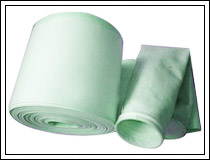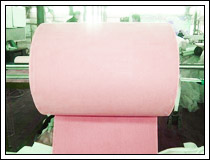Cloth Filtration
Water is that indispensable factor of life without which no living being can survive. The rapid rate of industrialization in modern age and our ignorance to a  certain extent has led to the contamination of the entire water supply of the world. Water borne infections are responsible for more than 80% of the diseases, including cholera and malaria. Thus, it is very important to emphasize on disinfecting the water we use everyday, be it for drinking or other domestic purposes. certain extent has led to the contamination of the entire water supply of the world. Water borne infections are responsible for more than 80% of the diseases, including cholera and malaria. Thus, it is very important to emphasize on disinfecting the water we use everyday, be it for drinking or other domestic purposes.
Water treatment has been known to mankind since ancient times. There were various methods employed to purify water even before the invention/discovery of rational ways like chemical purification or osmosis. Ancient methods like boiling, sedimentation or cloth filtration are still considered to be foolproof and are extensively used even today.
Cloth filtration is one of the most basic ways of purifying water of its of various suspended contaminants. This simple and cost effective method of water treatment can greatly reduce pathogen count in water.
The method is extremely elementary. It employs a piece of cloth, preferably cotton, folded to make four or eight layers and secured tightly over a wide-mouthed container on which the water collects. Generally, a used piece of cloth is used as it is more effective than a new cloth, because repeated washing reduces the space between the fibers. It is usually sufficient to rinse the cloth and dry it in the sun for a couple of hours before being used.
 How Effective is Cloth Filtration? How Effective is Cloth Filtration?
This method of water purification is actually an improvement for economically challenged people with limited options. Although water obtained by cloth purification is not perfectly safe, it does help eliminate quite a lot of pathogens suspended in water. Most pathogens are attached to particles and plankton, which get filtered in the process and hence eliminates cholera spreading bacteria and other pathogens.
As a whole, cloth filtration provides less than ideal purification on its own - usually filtering is an initial step, to be followed by further disinfection.
|